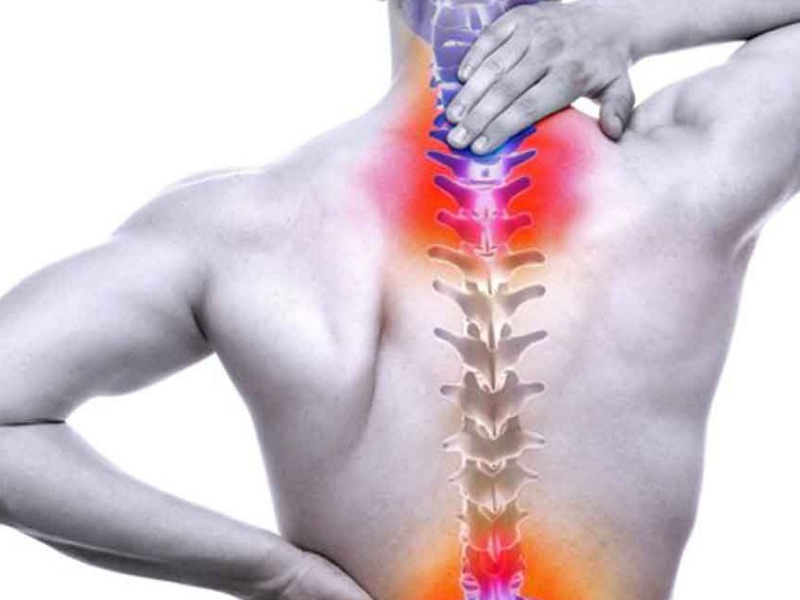Spinal Stenosis
Spinal stenosis is a condition in which the spinal canal narrows, putting pressure on the spinal cord and nerve roots and causing symptoms. This narrowing is usually caused by changes in the bones and tissues of the spine during the aging process. Treatment of spinal stenosis can vary depending on the severity of the symptoms and the patient’s condition.
- Conservative Treatment: Mild or moderate cases of spinal stenosis are usually treated conservatively. These treatments may include:
- Resting: As your symptoms become more severe, it may be helpful to rest and spend more time in bed. However, prolonged bed confinement should be avoided and light exercise should be done at regular intervals.
- Physical Therapy: Physiotherapists can recommend specific exercises and stretching techniques to alleviate your symptoms. It is also important to teach proper posture and body mechanics techniques.
- Medications: Painkillers, anti-inflammatory drugs and muscle relaxants can help keep symptoms under control.
- Epidural Steroid Injections: Cortisone injections can be given into the nerves around the spinal cord. This can help reduce pain and inflammation.
- Surgical Treatment: In severe cases of spinal stenosis or if conservative treatment options do not produce adequate results, surgical intervention may be considered. Surgical treatment options may include:
- Decompression Surgery: In this procedure, the bone, disc or tissues that are causing the narrowing of the spinal canal are removed, opening up more space for the spinal cord and nerve roots.
- Laminectomy: This involves the partial or complete removal of the bony structures called laminae, which are located at the back of the spinal canal.
- Lumbar Fusion: Fusion of the vertebrae can be achieved to relieve low back pain caused by narrowing of the spinal canal.
The treatment of spinal stenosis can vary depending on each patient’s condition. It is important to consult a neurologist or orthopedic specialist to make the best decision about treatment options. With early diagnosis and appropriate treatment, it is possible to alleviate patients’ symptoms and improve their quality of life. It is also important to take preventive measures such as exercising, adopting correct posture techniques and attending regular medical check-ups.


